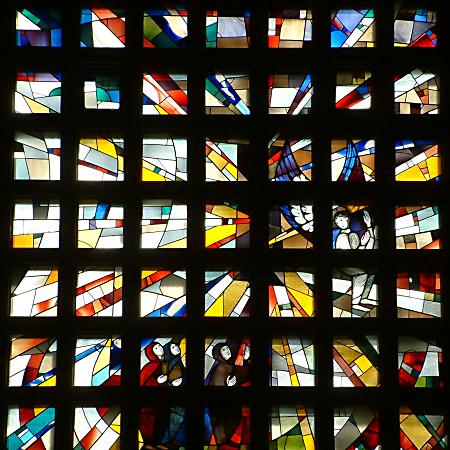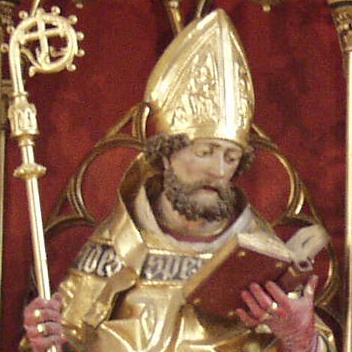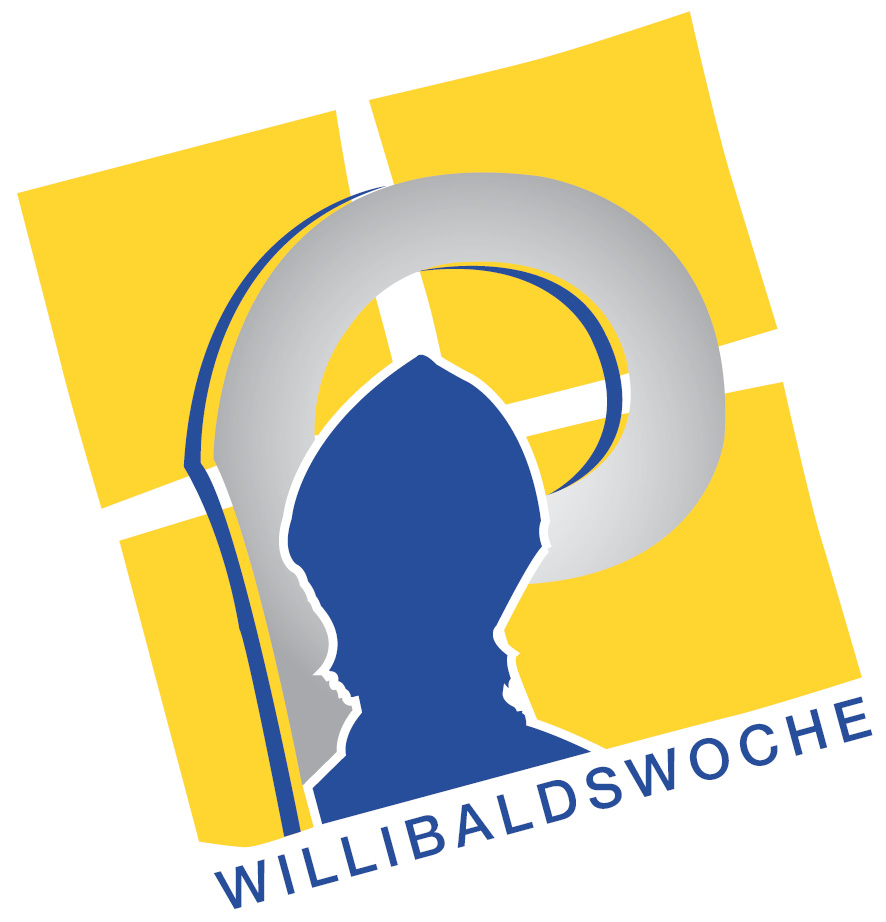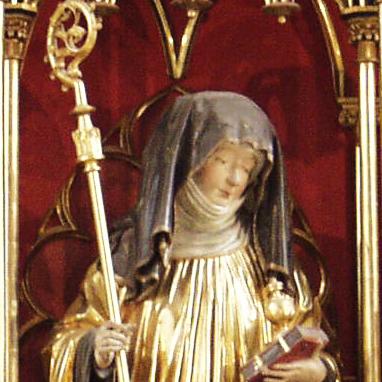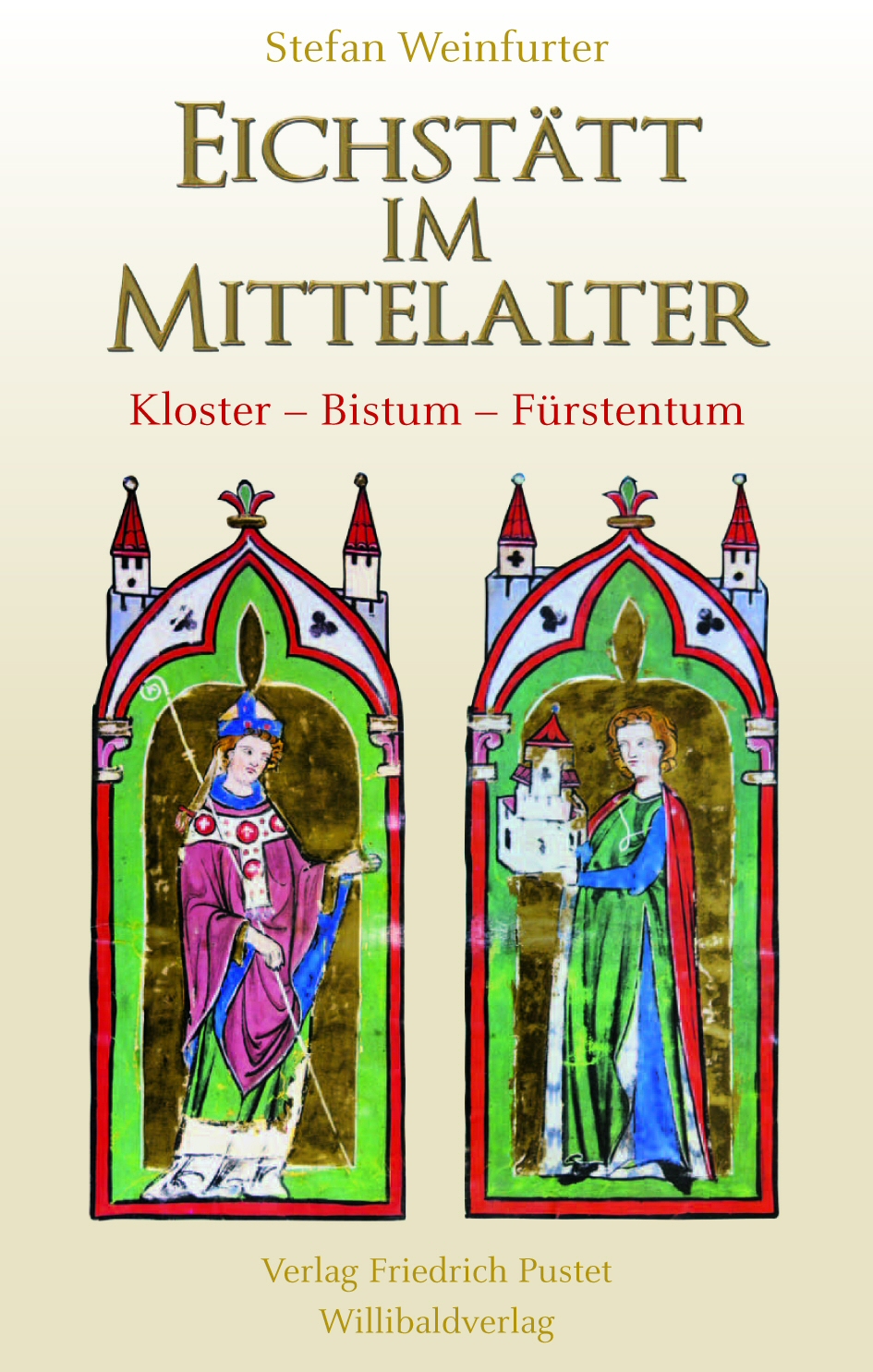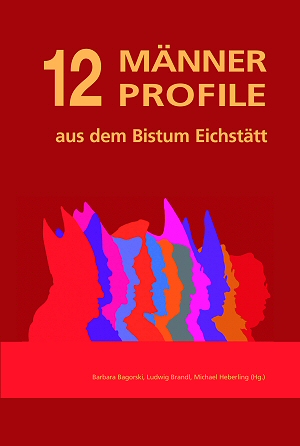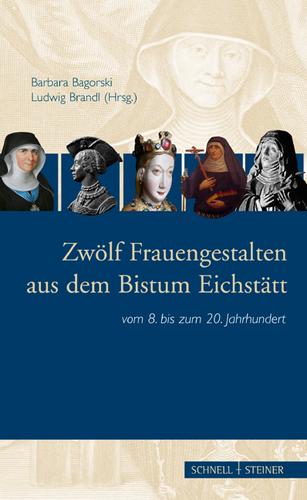Willibald was mostly supported by his brother Wunibald and his sister Walburga in the establishment of the diocese. Wunibald built another monastery in 752 in Heidenheim am Hahnenkamm, about 35 km northwest of Eichstätt, which Walburga took over after his death. Herrieden and Monheim also became early locations of influential monasteries. Examples of monasteries established in the late Middle Ages are Auhausen, Heilsbronn, Kastl, Plankstetten, Rebdorf, and Wülzburg as well as Bergen, Gnadenberg, Seligenporten and St. Walburg in Eichstätt.
The location of the diocese across the Alemannic, Frankish, and Bavarian territories resulted in the church of Eichstätt playing a not insignificant role in the history of the Empire during the Middle Ages. The heyday of this development came under bishop Gebhard I (1042-1057) who was also Pope Victor II from 1055 till 1057. Gebhard’s successor to the Eichstätt episcopal see, bishop Gundekar II (1057-1075), discontinued previous traditions and mainly focused on internal establishment and extension of the diocese, which became evident externally in the numerous church consecrations he conducted.

![[Translate to English:] Gundekarianum](/fileadmin/_migrated/pics/gundekarianum.jpg)
![[Translate to English:] Willibaldsburg](/fileadmin/_migrated/pics/willibaldsburg_01.jpg)
![[Translate to English:] Maria Brünnlein](/fileadmin/_migrated/pics/maria-bruennlein.jpg)
